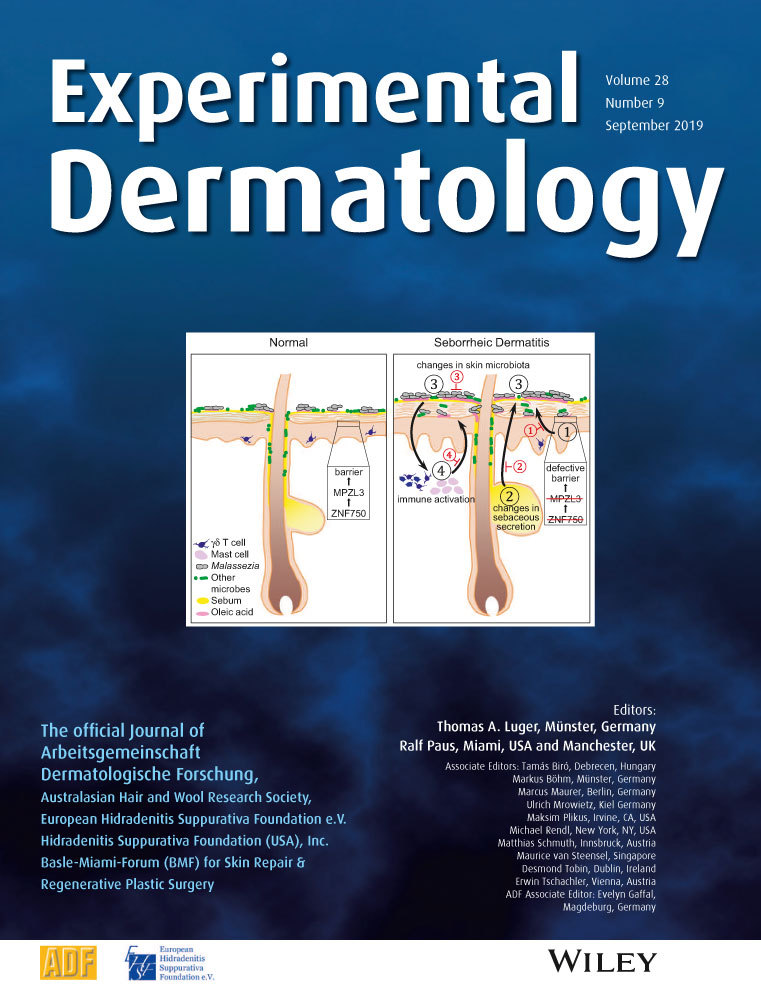MEK inhibitor cobimetinib rescues a dRaf mutant lethal phenotype in Drosophila melanogaster
Abstract
Since Drosophila melanogaster has proven to be a useful model system to study phenotypes of oncogenic mutations and to identify new anti-cancer drugs, we generated human BRAFV600E homologous dRaf mutant (dRafA572E) Drosophila melanogaster strains to use these for characterisation of mutant phenotypes and exploit these phenotypes for drug testing. For mutant gene expression, the GAL4/UAS expression system was used. dRafA572E was expressed tissue-specific in the eye, epidermis, heart, wings, secretory glands and in the whole animal. Expression of dRaf A572E under the control of an eye-specific driver led to semi-lethality and a rough eye phenotype. The vast majority of other tissue-specific and ubiquitous drivers led to a lethal phenotype only. The rough eye phenotype was used to test BRAF inhibitor vemurafenib and MEK1/2 inhibitor cobimetinib. There was no phenotype rescue by this treatment. However, a significant rescue of the lethal phenotype was observed under a gut-specific driver. Here, MEK1/2 inhibitor cobimetinib rescued Drosophila larvae to reach pupal stage in 37% of cases as compared to 1% in control experiments. Taken together, the BRAFV600E homolog dRaf A572E exerts mostly lethal effects in Drosophila. Gut-specific dRaf A572E expression might in future be developed further for drug testing.
CONFLICT OF INTEREST
MK has received honoraria from the Speakers Bureau of Roche Pharma and travel support from Novartis Pharma GmbH and Bristol-Myers Squibb GmbH (BMS). All other authors declare no conflict of interest.




